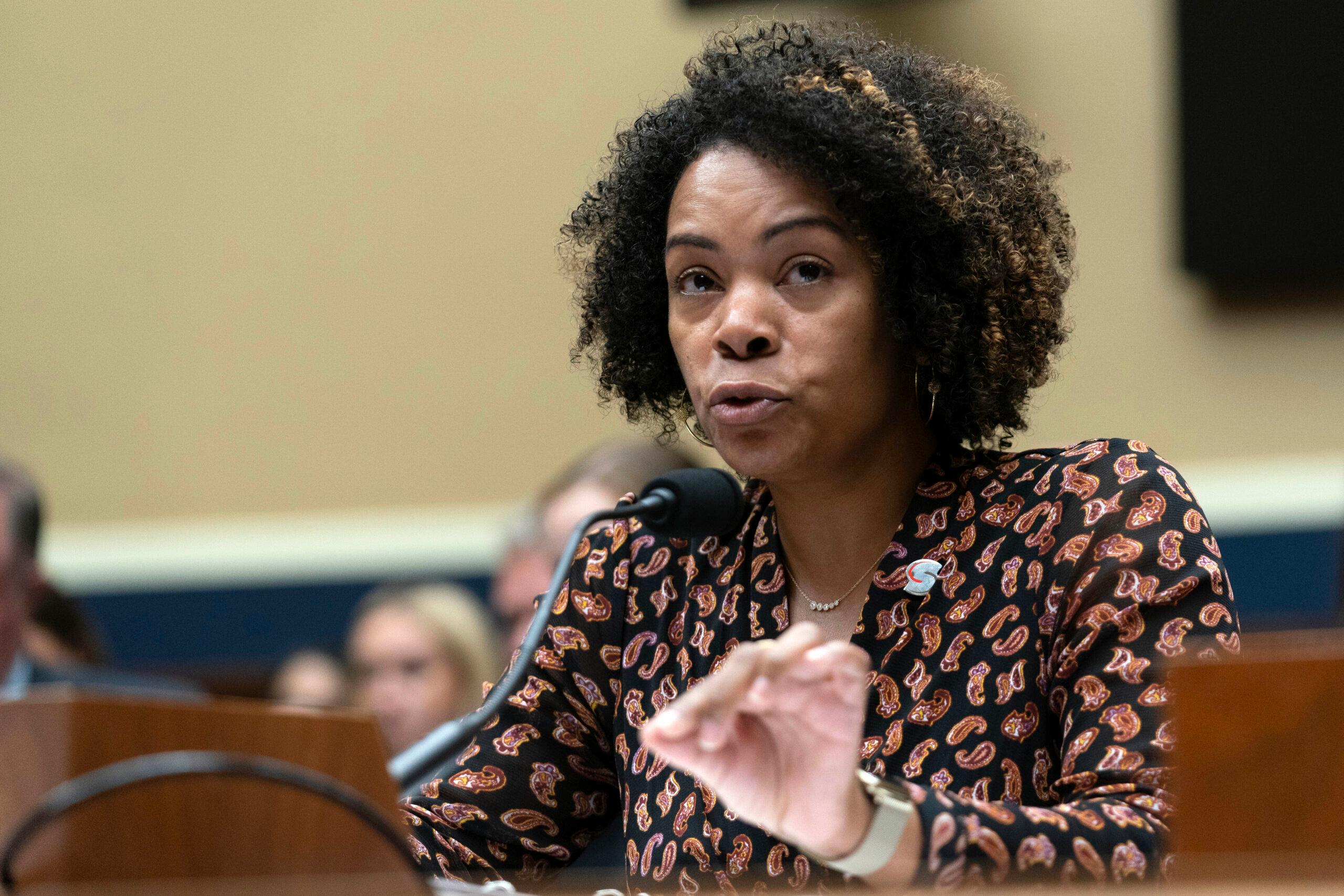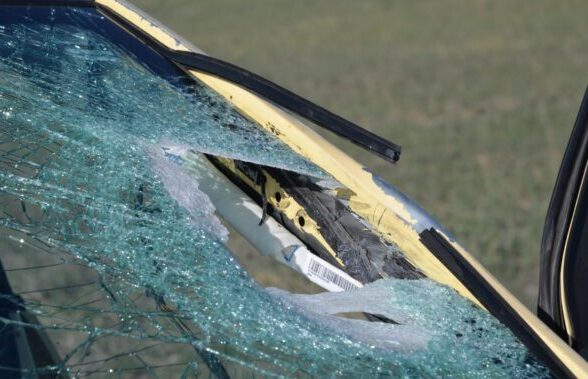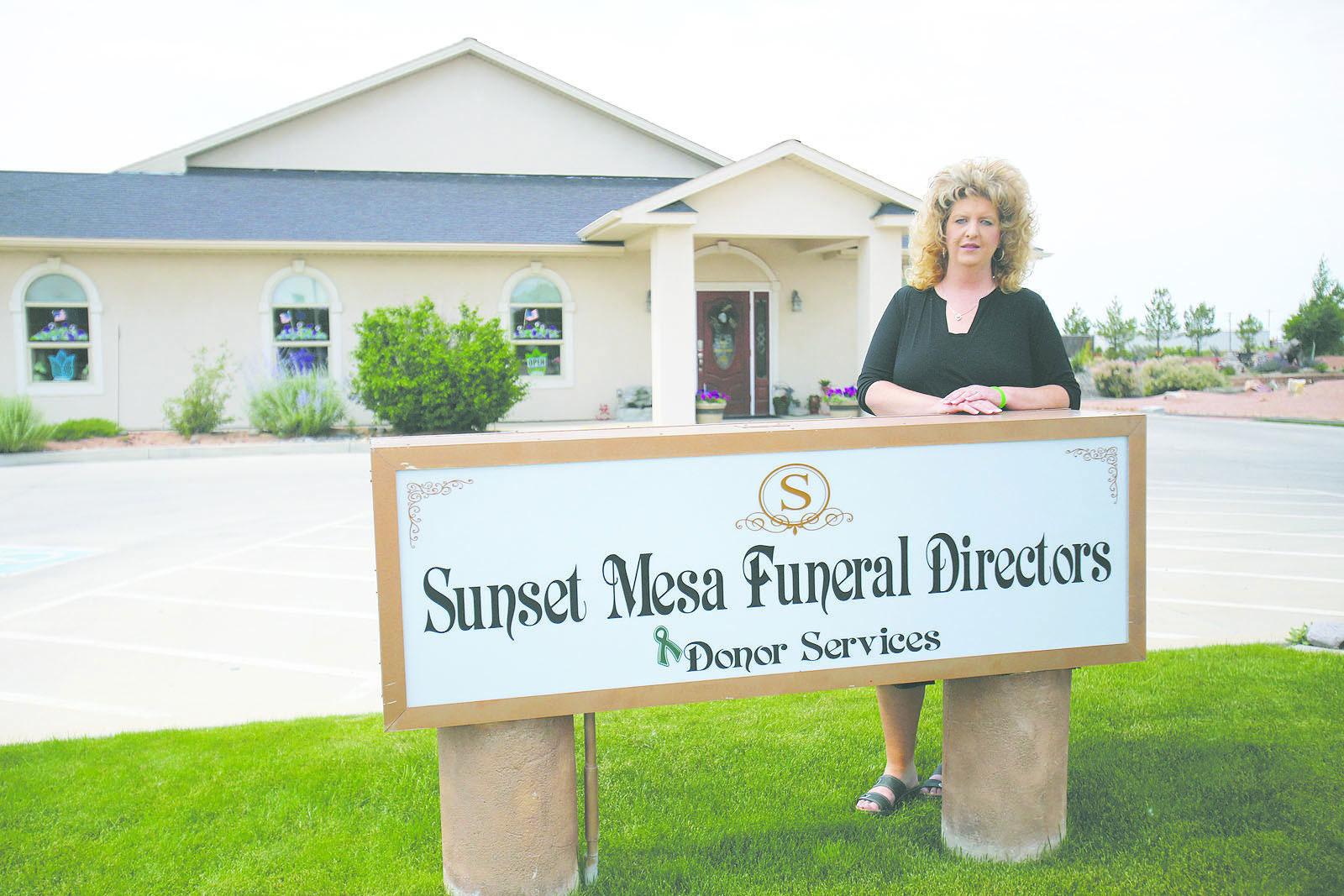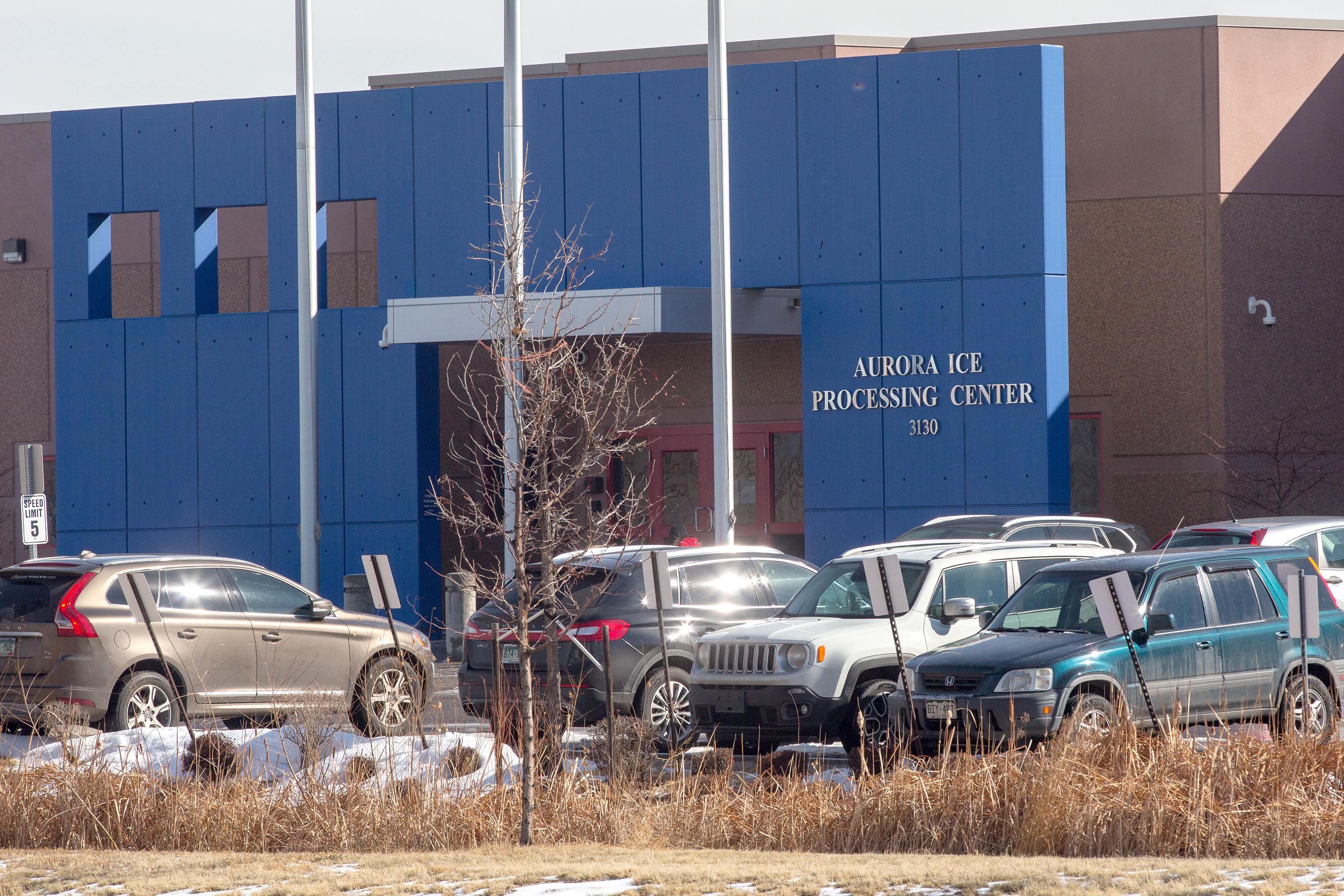
There are three defining characteristics of the longtime North Denver neighborhood of Globeville. The most notable are "The Mousetrap" — where Interstates 25 and 70 meet — and a legacy of industrial pollution. The third, and most recent, is something the rest of Denver is intimately familiar with: Gentrification.
For Rachel Balkcom, the forces that define and change a neighborhood are gold to a teacher looking for opportunities to bust out of the classroom. After all, as she told her students at the Denver Montessori Junior/Senior High School in Sunnyside, Globeville is "relevant, immediate, it’s right next door, it’s your neighborhood."
Balkcom's students turned their learning and discovery into a podcast, another 21st century force that many are just now starting to grapple with (think Serial, S-Town or Radiolab). The Rodolfo “Corky” Gonzales branch of the Denver Public Library, which has a digital arts and media studio, helped the students out. Audio engineers devoted hours with the students to recording their scripts and teaching them audio editing.
As a matter of disclosure, this reporter also offered some pointers to the students on the art of radio.
Balkcom’s class has been studying environmental justice and resource use throughout U.S. history, how money, land, water and oil are all distributed. It can be hard for students to see the connection between what happened a hundred years ago and now. So why not study Globeville’s history and present as a way to connect the dots?
“It's so accessible for them to be able to research, engage in discourse and present and be provocative, in ways that hopefully generate expansion of ideas and of community and of change,” Balkcom said.
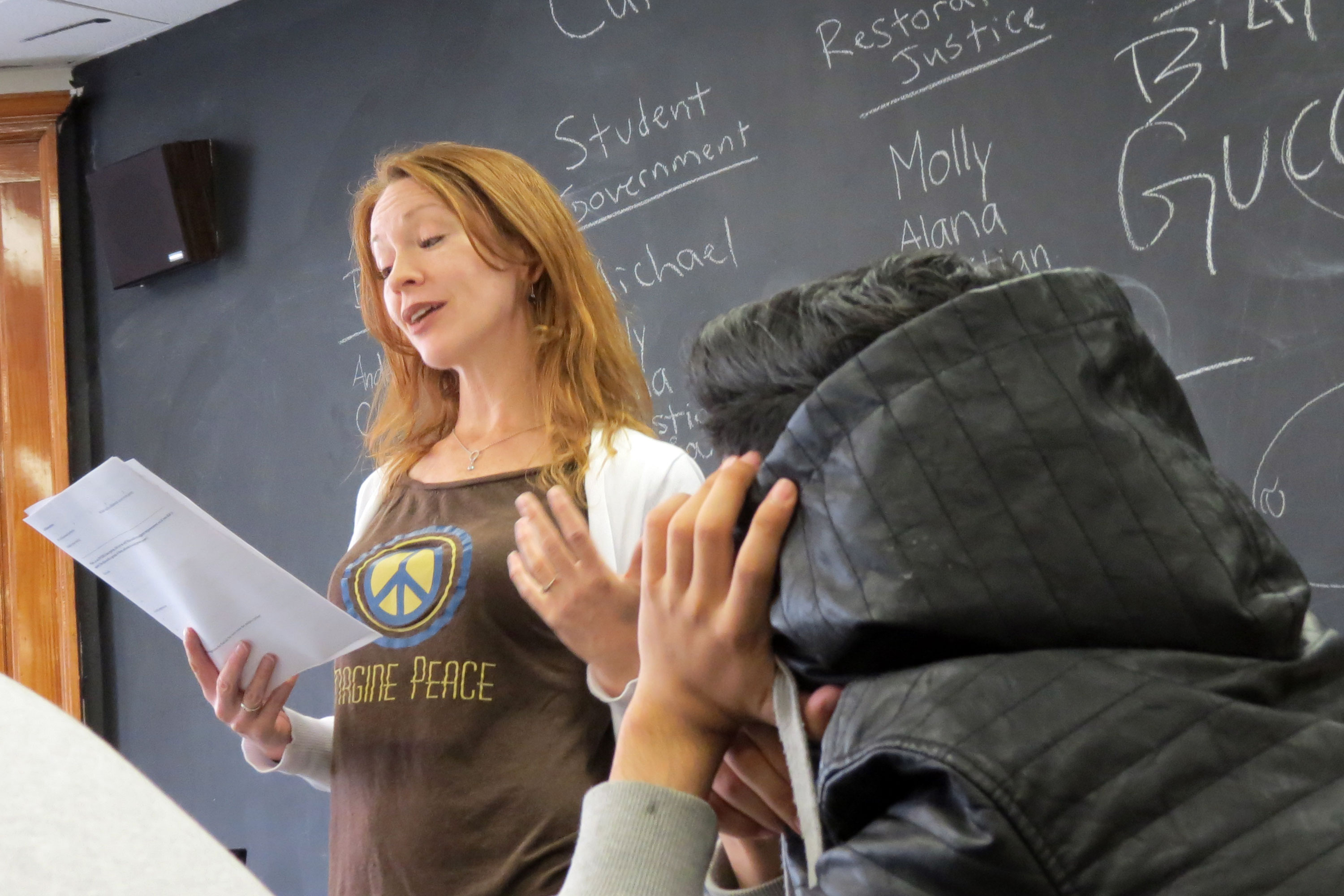
The students toured Globeville with a community group, Groundwork Denver. Some studied the old Asarco smelter, how the area became a Superfund site because of lead, arsenic, cadmium and zinc pollution. Globeville’s immigrant background and gentrification was assigned to another group. Still others focused on the government response to issues in the area.
- Feds Side With CDOT Over I-70 Expansion Civil Rights Complaint
- North Denver Residents Argue I-70 Widening Could Doom Their Community
The project did more than teach them about one of Denver’s older neighborhoods, students began noticing gentrification happening around their own homes. It’s made them think about race and power.
Beth Sanchez lives in the strongly Hispanic, but changing, Athmar Park neighborhood. One night she said, she saw some joggers running and “they’re white and with their dogs and everything.” Laughing, she said she wasn’t used to seeing people out at night.
The students noticed other signs of a gentrifying neighborhood. There’s no dispensaries, said Jose Rocha. A laughing Christian Lobo-Lafore pointed out you can get “healthy foods, you get kombucha.”
They also talked about how they’d feel if gentrification pushed their families out. Lobo-Lafore doesn’t want to leave, “‘cause in my neighborhood, literally my uncle lives on the corner, my cousins live down the block, my grandma lives two houses down.”
As the class listens to the finished product together, they giggle at the sometimes awkward, stilted nature of their podcast. They say the individual student study groups should have worked more closely together to stitch the whole story up. On the other hand, they say they learned a lot about pollution and about how community design and heath are connected.

Rather than an essay or other traditional assignment, Balkcom wanted to know if they’d try another podcast. Most liked it, yet others would like to the stick to the classics.
“Me personally, I’d rather do an essay but I noticed that students who normally don’t do essays were actually participating in the podcast," Christian Lobo-Lafore said.
Another student, Taylor Brooks, lives right next to Globeville. She liked the project because it gave her context to where she lives.
“I can walk in Globeville and be like, it does smell bad because of this and this and this, and does it does look bad because there’s trash here and I don’t see any stores,” Brooks said. “It’s better than just learning about stuff that you can’t really relate to.”
The connections students made to their own lives thrilled teacher Rachel Balkcom.
“That spark is what we really want as educators, as Montessori educators, we want that spark,” she said.
That spark has also encouraged two girls from the school to start their own podcast.
Read More About The Neighborhood’s History: Welcome To Globeville (via 5280 Magazine)

